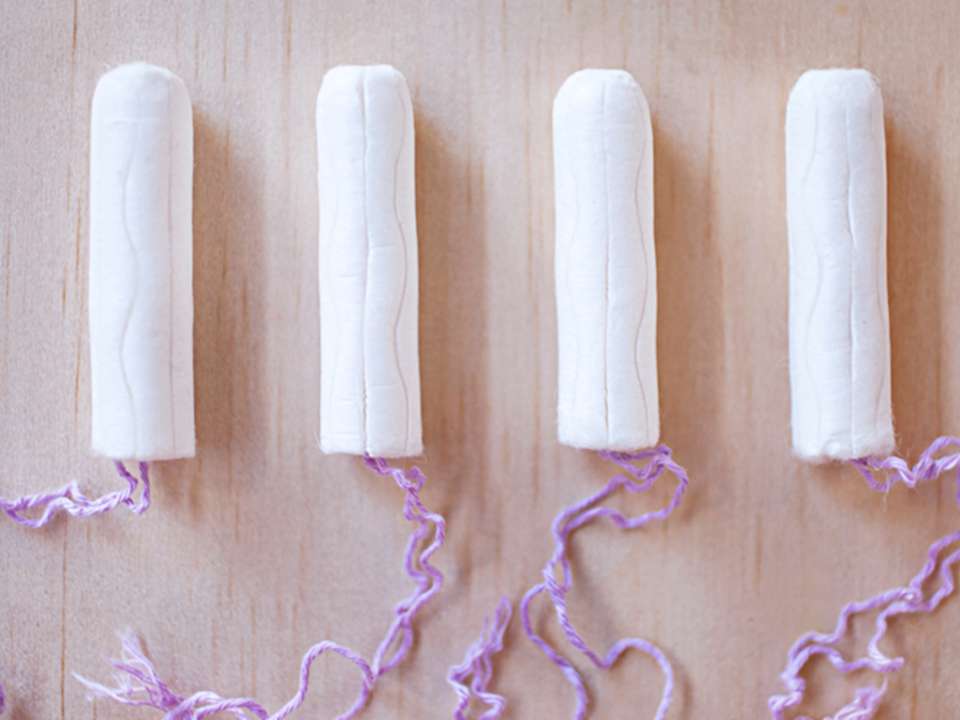
It starts with a cough. Then, a pause. There’s no way some pee came out with the cough, right? This prompts a quick shuffle to the bathroom, where the fear is confirmed — yes, your underwear is damp.
Whether this is your first time experiencing a leaky bladder, especially after pregnancy, or if it’s a pesky problem that hasn’t gone away, pelvic floor therapy could be the solution.
How can pelvic floor therapy help incontinence?
First, what even is the pelvic floor?
The pelvic bones come together to create a bucket-like shape, and the pelvic floor creates the bottom of that bucket. The pelvic floor is the group of muscles and connective tissue that span the bottom of the pelvis and help keep some important organs in place — namely the uterus, vagina and cervix (if you have them), intestines and bladder.
Because the pelvic floor is instrumental in keeping your bladder in place and keeping the urethra closed, it only makes sense that when some unexpected leakage happens, weak pelvic floor muscles could, in part, be the culprit.
You’ll likely start by going to your doctor to discuss your symptoms. They’ll do an initial evaluation, speak with you about the history of these urinary symptoms, and perform some exams, such as a pelvic exam and urine culture. Once incontinence is determined to be the culprit, you’ll typically be referred to a pelvic floor therapist.
When you go to pelvic floor therapy, your physical therapist will ask about your symptoms and, from there, build a treatment plan that will hopefully help you start feeling better.
How does the treatment work for incontinence?
Your physical therapist will spend some time with you to discuss your symptoms and determine what kind of incontinence you might be experiencing.
Hilary Pentz, a pelvic health therapist at the Advanced Manual Therapy and Sports Rehabilitation Clinic, says a pelvic health therapist can help you determine the type of incontinence you may have. These include:
- Stress incontinence: leaking with coughing, sneezing, jumping or running
- Urge incontinence: rushing to the restroom, leaking just before you sit on the toilet or using the bathroom 15-20 times a day
- Mixed incontinence: a combination of stress and urge incontinence
Using this information, a pelvic health therapist can suggest a variety of pelvic floor exercises, such as Kegels — an exercise where you lift, squeeze, hold and release your pelvic floor muscles — and guided internal work using tools, equipment or the physical therapist’s fingers.
And while this can feel intimidating and make you feel exposed and vulnerable, pelvic health therapists are there to prioritize your comfort and move at your pace. Their intentions are to help you feel better — and stop the need to scope for a bathroom every place you go.
Pelvic health therapists might also help you look at your diet as part of the treatment plan. Pentz says acidic foods like oranges, lemons, limes, grapefruits and tomatoes can irritate the lining of the bladder and cause some symptoms.
Below, Pentz goes into detail about some exercises you might do with a pelvic health therapist if you’re experiencing incontinence, especially for those who are recently post-baby.
And above all, remember: Getting help for incontinence is nothing to be embarrassed about. In fact, a little extra support and strength might be just what your bladder needs.

 Healthy ideas for your inbox
Healthy ideas for your inbox





